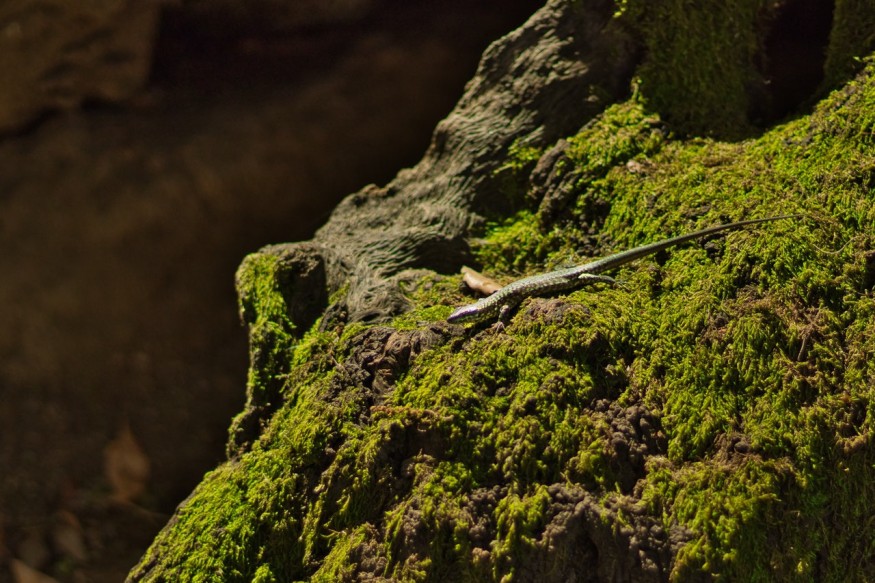In the popular movie series Jurassic Park, a prehistoric mosquito was stuck for millions of years in amber. New research presents a similar situation, in which an animal was imprinted on fossilized tree sap. However, unlike the movie, the remains were from an ancient lizard that crawled across the planet 110 million years ago.
Amber Traps Cretaceous Lizard

Ambers are best friends of paleontologists when digging clues from prehistory. Most of the species extracted from these natural resins are insects.
The fossilized tree saps are great at preserving the remains of arthropods, as it helps the on-set shells of the species to maintain the animal's original structure even if the insides decay over time.
The new study shows a new amber discovery, but instead of insects and arthropods, a lizard was trapped inside the sap resin. The new reptilian species was observed to maintain its entire anatomy - from scales to skeleton, inside a Burmese amber.
The lizard is believed to co-exist with the massive dinosaurs, insects the size of a human head, and towering ferns. The creature was still in its juvenile age when trapped in the resin.
Comenius University natural sciences expert and lead author of the research Andrej Cernansky said in a SYFY Wire report that the vertebrae of the well-preserved lizard are most cartilaginous. The team examined the skeleton of the animal and its external appearance or scalation.
The maintained physiology of the new lizard species allowed Cernansky's team to carry out a similar approach with herpetologists when studying modern species.
ALSO READ : Bizarre-Looking Bird With Movable Chin That Co-Existed With Dinosaurs Found Near the Great Wall of China
Rhetinosaurus hkamentiensis: New Lizard Species
The researchers used a CT scan and identified the lizard as Rhetinosaurus hkamentiensis. Based on the imaging, the creature was well-preserved that even its set of eyelids remained intact. Through the collected data, the authors were able to render the scans into a realistic lizard model.
The Rhetinosaurus existed during the mid-Cretaceous period, 110 million years ago. Despite the era's gigantic species and intense environment, the amber preserved most of the lizard's inner organs, including its bronchi and trachea.
According to the authors, the juvenile reptile can be the key to understanding how its lineage evolves to the present day. The morphology and phylogenetics of the Rhetinosaurus were compared side by side with the living creatures to identify its closest relatives that survived.
Based on these findings, the prehistoric lizard's scincoid was linked to xantusiids, a group of reptiles endemic in North America. The possible reason why the amber-trapped creature ended up in Myanmar was because of early migration induced by the changing geology of the early ages.
Xantusiids, also known as night lizards, were first thought to originate from heavy-armor lizards in Jurassic Africa called cordyliformes. If proven that the Rhetinosaurus is predecessors of the xantusiids, then they may have traveled across the globe through the supercontinent Gondwana.
Myanmar held many chinks of the Gondwana back in the early Earth, with the Rhetinosaurus and similar species surviving to the region before the drift of the Burma Terrane towards present-day Southeast Asia.
The study titled "A new Early Cretaceous lizard in Myanmar amber with exceptionally preserved integument" was published in Scientific Reports.
RELATED ARTICLE : Extinct Sea Scorpion That Can Grow 2 Meters Long Discovered in Australia
Check out more news and information on Paleontology in Science Times.











